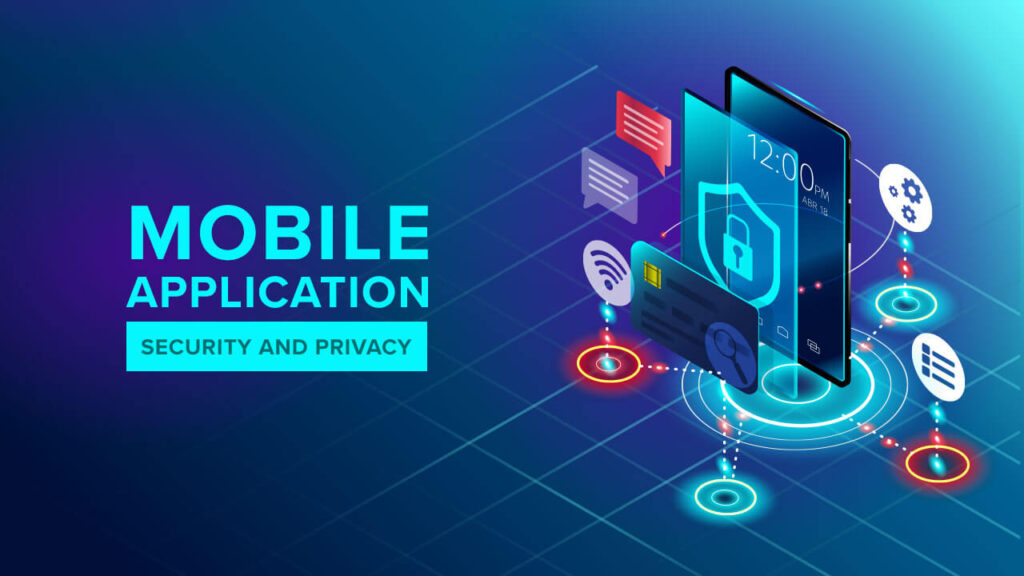Introduction
In today’s digital age, mobile applications play a pivotal role in our daily lives. With the increasing reliance on smartphones, the demand for skilled mobile application developers has surged. If you’re aspiring to enter this exciting field, this guide will walk you through the essential steps to become a successful mobile application developer.
Understanding Mobile Application Development
Mobile application development is the process of creating software applications that run on mobile devices. These applications can be built for various platforms, primarily iOS and Android. Understanding the basics of mobile development involves familiarizing yourself with different types of applications, such as native apps, hybrid apps, and web apps. Native apps are built specifically for a single platform, while hybrid apps combine elements of both native and web apps. This foundational knowledge is crucial as it influences your development approach. Aspirant Soft Solutions is one of the best Mobile App Development Company in Hyderabad.
Step 1: Choose Your Platform
The first step in your journey to becoming a mobile application developer is to choose which platform you want to focus on: iOS or Android. Each platform has its own programming languages, tools, and development environments:
- iOS Development: For developing applications on Apple devices, you need to learn Swift or Objective-C and use Xcode as your integrated development environment (IDE).
- Android Development: For Android, Java and Kotlin are the primary programming languages, and Android Studio is the official IDE.
Deciding on a platform can help you tailor your learning path and development skills.
Step 2: Learn the Required Skills
Programming Languages
Once you’ve chosen a platform, it’s time to dive into the programming languages associated with it. Here’s a breakdown:
- For iOS: Start with Swift, Apple’s modern programming language, which is user-friendly and powerful for building iOS applications. Objective-C is also important for maintaining older applications.
- For Android: Learn Java and Kotlin, both of which are essential for Android app development. Kotlin is increasingly favored due to its simplicity and efficiency.
Development Tools
Familiarize yourself with the development tools and environments:
- iOS Development: Get comfortable with Xcode, Interface Builder, and other tools available in the Apple Developer ecosystem.
- Android Development: Learn to navigate Android Studio, Gradle, and the Android SDK (Software Development Kit).
User Interface (UI) and User Experience (UX) Design
A crucial aspect of mobile app development is designing an intuitive user interface. Understanding basic UI/UX principles can greatly enhance the usability of your applications. Familiarize yourself with design tools such as Sketch, Adobe XD, or Figma to create wireframes and prototypes.
Step 3: Build Your First App
Once you have the necessary skills, it’s time to put them into practice by building your first mobile application. Start with a simple project, such as a to-do list app or a weather app. This hands-on experience will help solidify your knowledge and boost your confidence.
- Plan Your App: Outline the features and functionality you want to include.
- Design the Interface: Create mockups or wireframes of your app’s layout.
- Develop the App: Start coding! Implement the features you outlined in your plan.
- Test Your App: Debugging is crucial; test your app on real devices to ensure it functions as intended.
- Launch Your App: Publish your app on the App Store or Google Play Store, following their submission guidelines.
Step 4: Expand Your Knowledge
The tech industry is constantly evolving, and mobile app development is no exception. Stay updated with the latest trends and technologies by:
- Taking Online Courses: Platforms like Coursera, Udemy, and edX offer numerous courses on mobile app development.
- Reading Books and Blogs: Keep up with industry literature and blogs from experts in the field.
- Joining Developer Communities: Engage with other developers on platforms like Stack Overflow, Reddit, and GitHub. Participating in forums and discussion groups can provide valuable insights and networking opportunities.
Step 5: Build a Portfolio
A strong portfolio is essential for showcasing your skills to potential employers or clients. Include the following in your portfolio:
- Your Projects: Highlight the apps you’ve developed, including a brief description and screenshots.
- Code Samples: Provide links to your GitHub repositories where others can see your coding style and approach.
- Testimonials: If you’ve done freelance work, include reviews or testimonials from clients.
A well-curated portfolio not only demonstrates your skills but also reflects your dedication to the craft.
Step 6: Gain Experience Through Internships or Freelancing
Practical experience is invaluable in the mobile application development field. Consider applying for internships or taking on freelance projects to build your resume. Working on real-world projects can help you understand industry standards, client expectations, and project management. Aspirant Soft Solutions is one of the best Mobile App Development Company in Hyderabad.
Internships
Many tech companies offer internships that provide hands-on experience. These positions often allow you to work alongside experienced developers and gain insights into the development process.
Freelancing
Freelancing can also be a great way to gain experience. Websites like Upwork, Freelancer, and Fiverr offer platforms to find clients looking for mobile application developers. This path allows you to work on diverse projects and expand your skill set.
Step 7: Network and Keep Learning
Networking is key to advancing your career as a mobile application developer. Attend industry conferences, meetups, and workshops to connect with other professionals. Networking can lead to job opportunities, collaborations, and mentorship.
Additionally, consider obtaining certifications in mobile application development. Certifications can help you stand out to employers and validate your skills.
Conclusion
This article in the 1st-street must have given you clear idea about Becoming a mobile application developer requires dedication, continuous learning, and practical experience. By following these steps—choosing your platform, mastering the necessary skills, building projects, expanding your knowledge, creating a portfolio, gaining experience, and networking—you can pave your way to a successful career in mobile application development. Embrace the challenges, stay curious, and keep building; the mobile app development world is waiting for your creativity and innovation!



